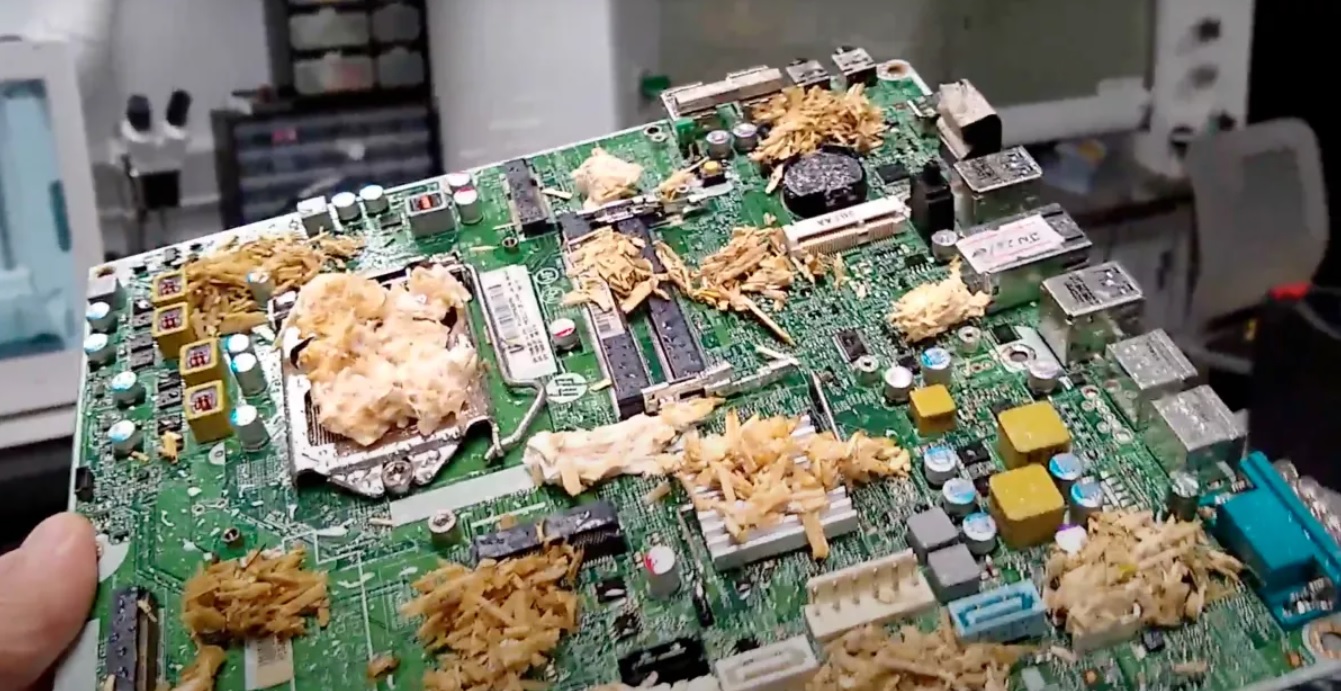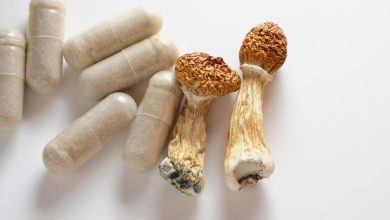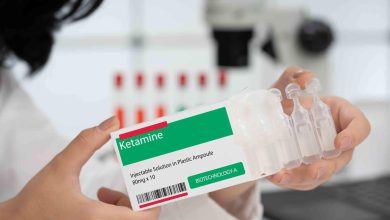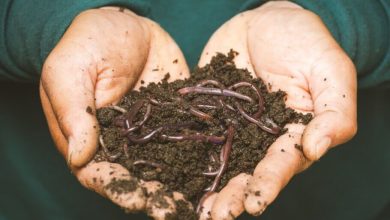constructions from fungi- Alchimia Grow Shop
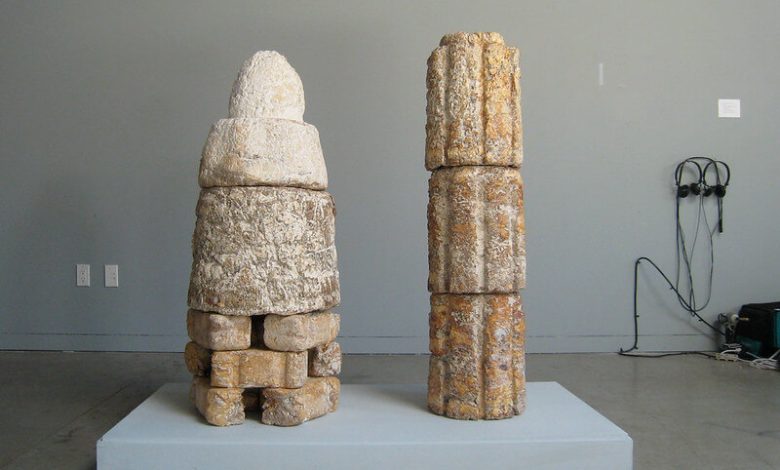
Over the millennia, architecture has been a discipline that has constantly evolved to meet the needs of society. And it’s not strange, since we all like having a roof over our heads! However, in recent decades a new variable has been added to this already complicated job, the sustainability of the elements used for construction, as well as that of the construction itself.
Partly thanks to this, a new discipline called mycotecture has recently emerged, which uses fungi and mycelium to build structures. This technique has gained popularity due to its many benefits, including its low cost, sustainability, and ability to create unique and functional designs. Today we want to invite you to explore mycotecture, its applications, and the future of this innovative construction technique.
What is mycotecture?
As we have pointed out in the introduction, in recent times sustainable construction has gained a lot of importance due to very diverse factors, such as environmental problems or the scarcity of resources. In this context, mycotecture has become a very interesting and promising alternative, but what exactly does it consist of? Is this really no joke about building houses and buildings with mycelium?
Not at all: mycotecture is an architectural technique that uses fungi and mycelium to build structures. Just like it sounds. The mycelium is the network of filaments (usually called hyphae) that fungi use to grow and absorb nutrients. Researchers have discovered that mycelium can be used as a natural binder to create building materials, which include bricks, panels, and blocks.
Mycotecture is a sustainable and environmentally friendly technique. Compared to traditional building materials, mycotecture requires less energy to produce and reduces the amount of waste. In addition, mycelium can be grown using organic waste, such as straw, which further reduces its environmental impact.
Mycotecture applications
As research progresses, the possible applications of mushroom mycelium seem to be more and more numerous, with a multitude of studies that have discovered interesting properties that make it useful for very diverse purposes. In fact, we recently saw how some researchers are using mycelium to replace hardware parts in fully functional computers, something that some time ago would have sounded like a science fiction movie…and a bad one.
“Living computers”: How they use fungi to make computers work
Artificial Intelligence is on everyone’s lips and is, today, one of the technological advances that most interests the general public. However, can you imagine communicating with a computer that works thanks to the mycelium of a fungus? Well, this is precisely what they are investigating in a peculiar laboratory at the University of Bristol. We tell you everything in this article.
Regarding mycotecture, this technique opens up a new and interesting range of possible applications in the field of architecture and construction. One of the most common uses is the creation of temporary structures for events and festivals. These structures can be designed to be ephemeral and sustainable, allowing event organizers to minimize their environmental impact.
Mycotecture can also be used in the creation of vertical gardens. Mycotecture panels can be designed to contain substrates and plants, allowing gardens to grow where the soil is scarce. These gardens also have a lower environmental impact than traditional gardens, since they use less water and nutrients.
Another use of mycotecture is in the construction of houses. The materials created by mycotecture are strong and durable, making them ideal for building homes. Furthermore, mycotecture can be used to create innovative and unique designs that are not possible with traditional construction materials, so in addition to having the same advantages as these materials, it presents new and exciting possibilities.
Mycelium bricks…are you serious?
Well yes, we assure you that we are not joking! Mycelium bricks can be used in the construction of buildings and structures, and have several advantages compared to traditional building materials. For example, they are very light, resistant, and thermal insulating, which means that they can help reduce the carbon footprint of construction. They are also biodegradable, which means they can be easily recycled at the end of their useful life.
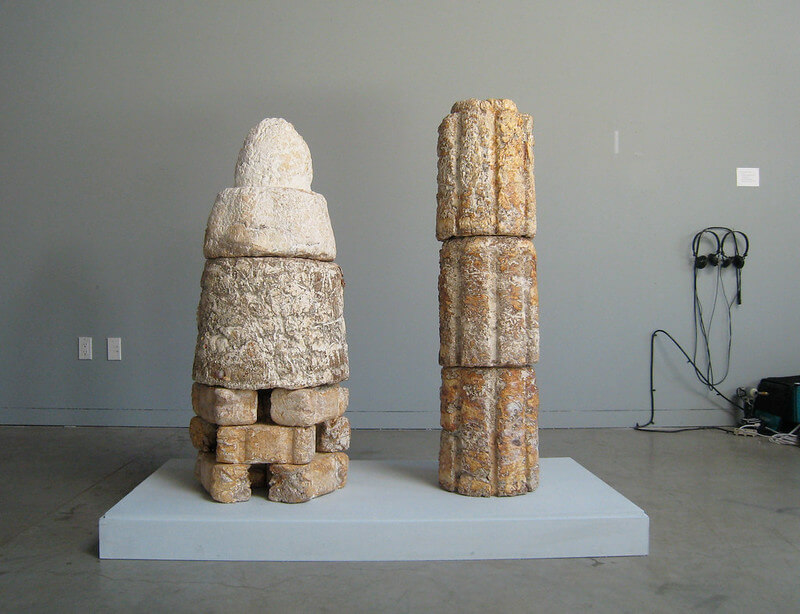
In practice, mycelium bricks are used to build walls and ceilings. To make the bricks, the mycelium is first grown on a substrate, such as straw or wood, and molded into the desired shape. Then, it is dried so that the mycelium adheres and forms a solid block.
To build a wall or ceiling with mycelium bricks, the blocks are stacked and held together with a natural adhesive, such as pine resin. The result is a strong and durable structure that has a much lower environmental impact than traditional constructions. Additionally, mycelium bricks can of course be painted or coated with additional materials to enhance their appearance and protect against water and other elements.
The future of mycotecture
Mycotecture has great potential to transform the construction industry, which, as you will understand, is no small feat. As society becomes more aware of the importance of sustainability, mycotecture is becoming a very attractive alternative to traditional building materials.
In the future, we are likely to see increased use of mycotecture in the construction of homes and commercial buildings. The construction materials created through this technique can be used to create innovative and sustainable designs that meet the needs of society, polluting much less during the process of their creation. It’s definitely something we need to start taking really seriously!
Another possible application that could be common in the future is the use of mycelium as an acoustic insulator, replacing the various materials used today to insulate buildings or rooms from noise. However, what perhaps attracts the most attention is an application that NASA has been studying for a few years now: using the mycelium of fungi to build structures on Mars! Indeed, there are times when it is difficult to distinguish between reality and fiction…
The articles published by Alchimiaweb, S.L. are reserved for adult clients only. We would like to remind our customers that cannabis seeds are not listed in the European Community catalogue. They are products intended for genetic conservation and collecting, in no case for cultivation. In some countries it is strictly forbidden to germinate cannabis seeds, other than those authorised by the European Union. We recommend our customers not to infringe the law in any way, we are not responsible for their use.
